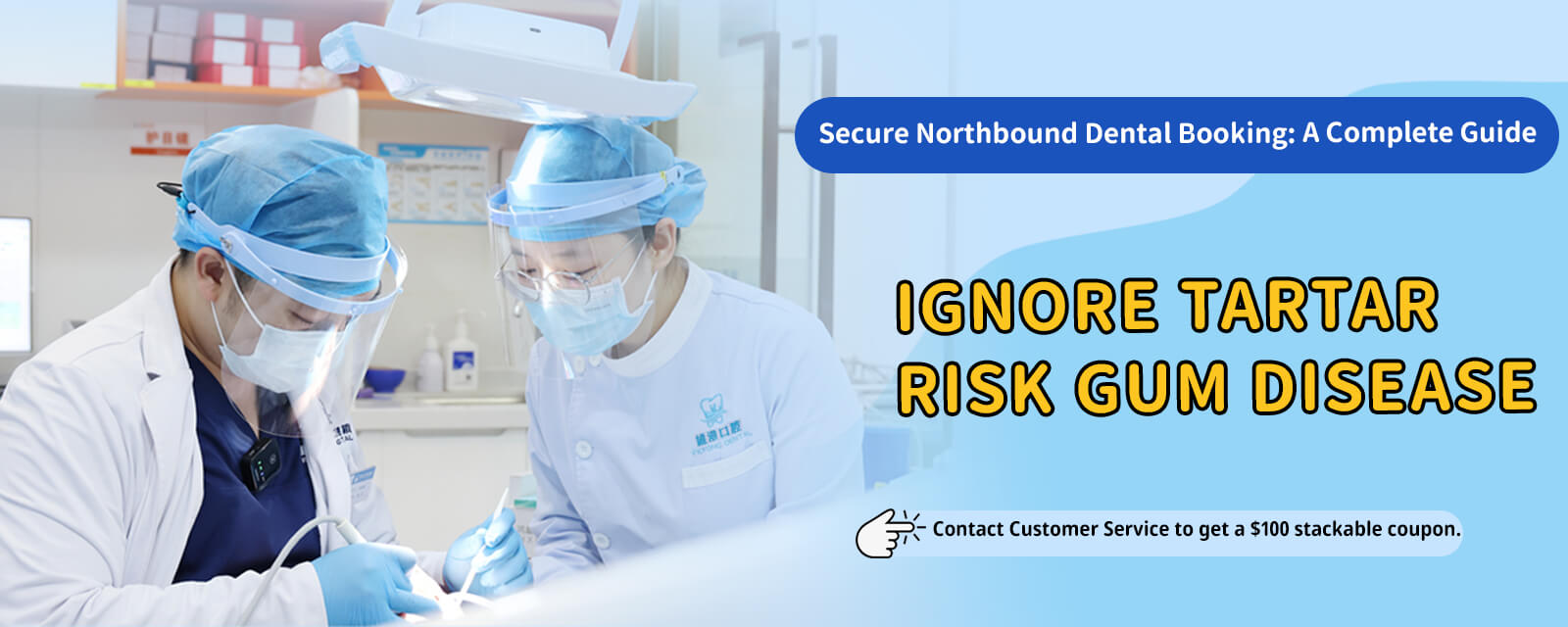How Often Should You Go to Mainland China for Teeth Cleaning
How Often Should You Go to Mainland China for Teeth Cleaning
How often should you go north for a teeth cleaning?
Over the past couple of years, “going north for teeth cleaning” has become a popular Hongkonger weekend plan: grab a meal, browse a mall, then book an ultrasonic scaling in Shenzhen. It feels great value and practical. But more cleanings aren’t always better—timing, frequency and follow‑up matter. So how often is right if you’re doing cross‑border teeth cleaning? Here’s a down‑to‑earth guide to help you plan oral care sensibly.
What is a teeth cleaning? How is it different from a deep cleaning
- Routine ultrasonic scaling and polishing: removes plaque and tartar from tooth surfaces and polishes them, helping reduce gum inflammation, bad breath, and the risk of periodontal (gum) disease.
- Deep cleaning (scaling and root planing): targets tartar and bacteria inside periodontal pockets. Usually done by quadrant over multiple visits. Intended for patients with periodontitis; not everyone needs it.
- “Will cleaning thin teeth or widen gaps?” After tartar is removed, gums and spaces that were propped up by calculus can look more open. You may feel temporary sensitivity at first, but it usually improves with consistent home care.
How often should you get your teeth cleaned
- Average oral‑health risk: every 6 months—an internationally common, balanced recommendation.
- Higher‑risk individuals (e.g., gums bleed easily, history of periodontal disease, smoke or drink, wear braces/aligners, crowded teeth, or struggle with oral hygiene): every 3–4 months for maintenance.
- Lower‑risk individuals (excellent home care, minimal tartar, no gum inflammation): every 9–12 months, guided by your dentist’s advice.
- If it’s been a long time since your last cleaning, the first course may need to be split into two sessions, then move to a 6‑month or 3–4‑month schedule.
Before heading north for a cleaning, consider this
- Convenience and follow‑up: cleanings aren’t one‑and‑done—you may need reviews. Choose a clinic near the border with easy transport, or stick with the same dentist so your records stay continuous.
- Hygiene and standards: check sterilisation protocols, individually wrapped instruments, and single‑use items. Ask if they tailor treatment to your gum health rather than a one‑size‑fits‑all package.
- Communication: explain in Cantonese any sensitive areas, bleeding history, and drug allergies. If you have chronic conditions or have had heart valve procedures/implants, declare them early so the dentist can assess any special precautions.
- Exams and records: periodic dental X‑rays are useful for monitoring bone levels and cavities. Ask the clinic to email you images/reports for easy follow‑up in either

Hong Kong or Shenzhen.
Tips before, during and after a cleaning
- Before: keep up daily brushing and flossing. If your gums are very swollen or you have a fever, ask your dentist about timing.
- During: mild soreness is normal. Water spray and high‑volume suction are standard. Raise your hand if you feel any discomfort.
- After: gums may be tender for 2–3 days. Use a soft‑bristled brush and a lighter touch. Clean between teeth daily with floss or interdental brushes. Consider an alcohol‑free mouthwash. If noticeable bleeding persists beyond a week, book a review.
- Sensitivity care: dab a desensitising toothpaste on sensitive spots for a few minutes before rinsing. Use it consistently for 2–3 weeks—most cases improve.
How to gauge your own risk level
- Tartar build‑up speed: if a hard layer returns within 3–4 months and you still have bad breath despite brushing, you’re likely higher risk.
- Gum signals: frequent bleeding when brushing, swollen gums, teeth feeling loose when chewing, or persistent halitosis mean you need more frequent cleanings and treatment.
- Lifestyle habits: smoking, alcohol, late nights, and dry mouth (e.g., from long‑term meds) make plaque stick faster. Aim for a 3–4‑month interval.
Shenzhen or Hong Kong? Consistency is what counts
Whether you book teeth cleaning in Shenzhen or stay in Hong Kong isn’t the main issue. The key is regularity and continuity. Scaling is just one part of preventing gum disease. Pair it with:
- Brushing correctly twice a day for 2 minutes, plus floss or interdental brushes
- Check‑ups every 6 months, or every 3–4 months if you’re higher risk
- Dental X‑rays when needed to monitor bone levels and decay
- Seek care promptly for persistent bleeding, gum recession, or loose teeth
Common myths, clarified
- “Scaling damages teeth.” Ultrasonic tips vibrate tartar off; they don’t grind your enamel. Done properly, it’s safe.
- “Cleaning will make my teeth whiter.” Cleanings remove stains and deposits; that’s different from whitening. Once buildup is gone, your teeth naturally look cleaner and brighter.
- “No pain means no need to clean.” Early gum disease is often painless. Waiting until teeth loosen is too late.
Bottom line
How often should you go north for a cleaning? For most people, every 6 months. If you’re at higher periodontal risk, every 3–4 months. If you’re low risk, every 9–12 months. Whether you choose a clinic in Shenzhen or Hong Kong, pick one that’s hygienic, reputable, easy to revisit, and communicates clearly. Keep long‑term records, and stay consistent with daily flossing and proper brushing. Stick to a routine and your breath, smile, and the lifespan of your teeth will reward you.




